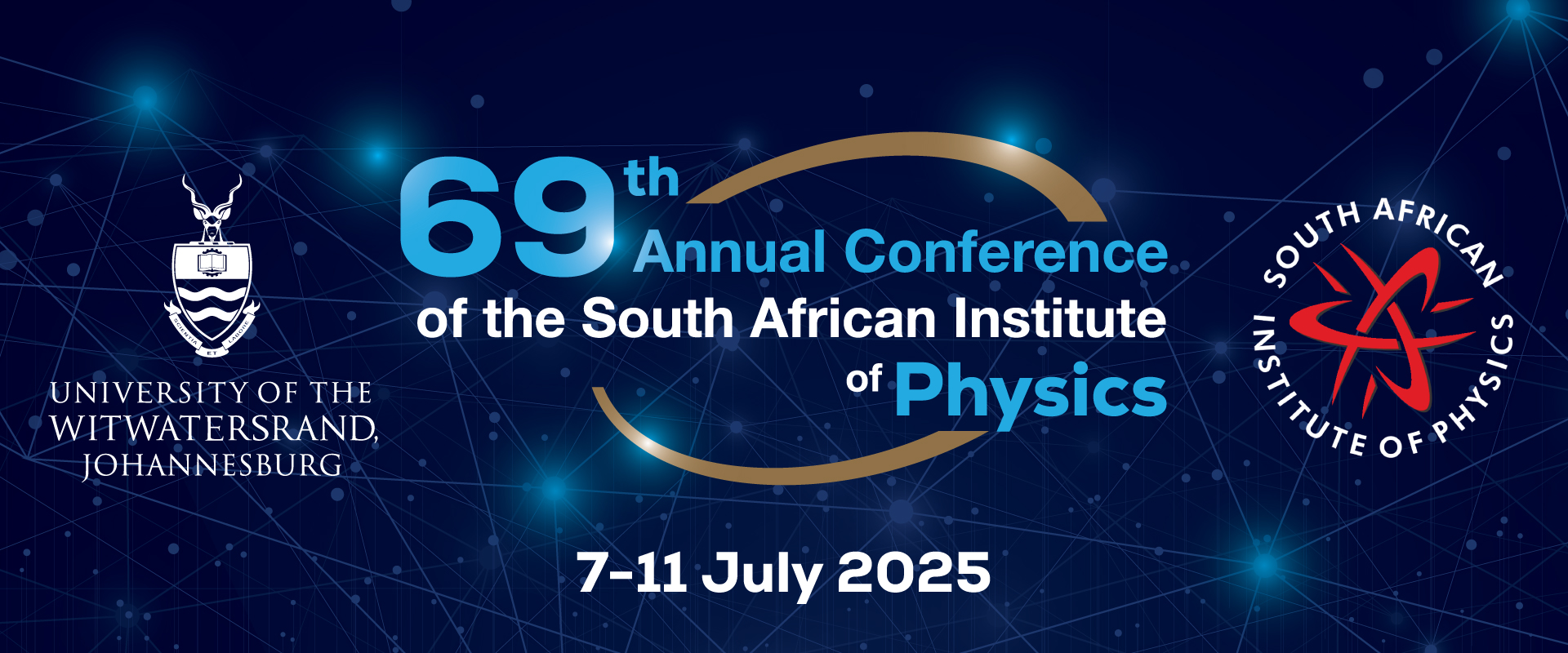Speaker
Description
Physics is about making sense of the world around us. Try explaining phenomena. The way it proceeds is by modelling – Hastens describes this – two parts (theory and experiment). Modelling is about simplifying complexity – essentially by reducing to simpler forms. However, as mentioned by Einstein [?] - the description must be simple but not too simple. Therefore, modelling is to make sense of the physical world by interpreting the relationships that emerge from the model and relating these to the physical world.
In physics, the modelling approach is used to explain the real-world, constructing conceptual models from observations. The challenge lies in accurately describing natural phenomena, as the complex world requires breaking it down into simpler models. However, oversimplifying the model can lead to different descriptions of the problem at hand.
Oversimplification will not explain things adequately and will not lead to sense-making. This pitfall is often seen where physics students divorce their experience from what they learn in physics. For example, - discuss various examples where this is the case – example in mechanics – “feel two forces adding up to zero” – you feel a lot! This is because of incorrect identification of Newtonian force with is felt. Similarly, with explanations of rotational motion in terms of centripetal only. So called frictions force feels pretty real.
The present, broad programme of work aims to map out the Reliance on Simplified Physics Model: Students Explanation in Optics in terms of (1) choosing the appropriate model of light and (2) recognizing the extent to which a top-down component is necessary. To this end, an instrument Models and Perceptions in Optics Questionnaire (MPOQ), is being constructed and administered to the broader programme.
The present talk reports on some of the main work that has been carried out in terms of analysing and reporting the finding of the questions to students in South Africa. Specifically, we report on three questions: the first question involves the directionality of light travel with respect to the eye, the second question centres around refraction while the third question involves the observed size of the moon. Each question is framed as a debate among a group of posited students, each of whom offers a different explanation. Respondents must choose the explanatory option “with which they most closely agree” (Forced Choice Responses), and more importantly, are then asked to explain the reasons for the choice (Free Writing Responses). The FCR’s are analysed by simple tallying while the FWR data are analysed using a grounded theory method.
The talk will present the findings of the three questions which administered to a (mixed) group of 55 first year medical students of UCT in 2019. The result and observation from the analysis will be presented.
| Apply for student award at which level: | PhD |
|---|---|
| Consent on use of personal information: Abstract Submission | Yes, I ACCEPT |

